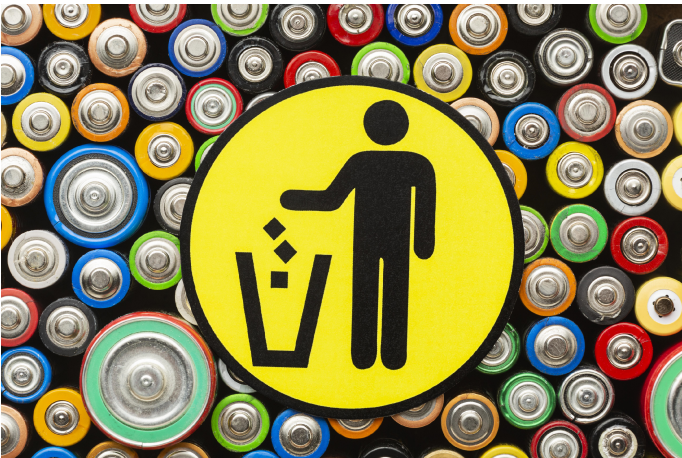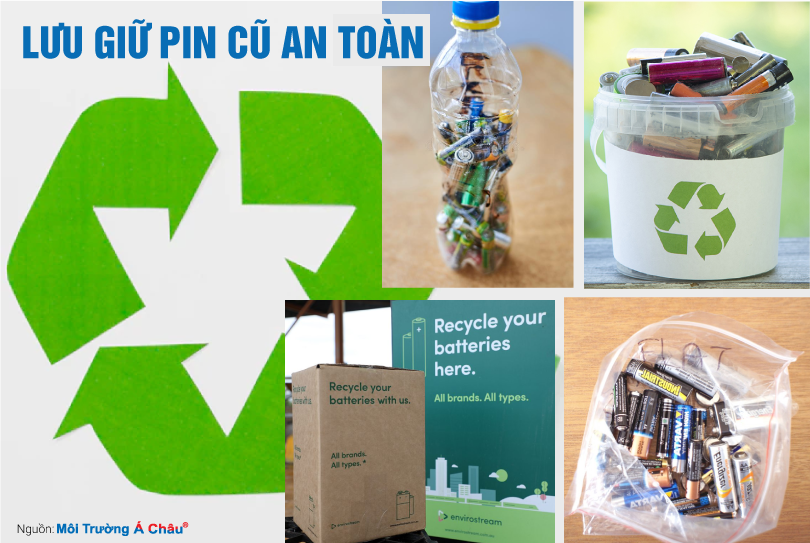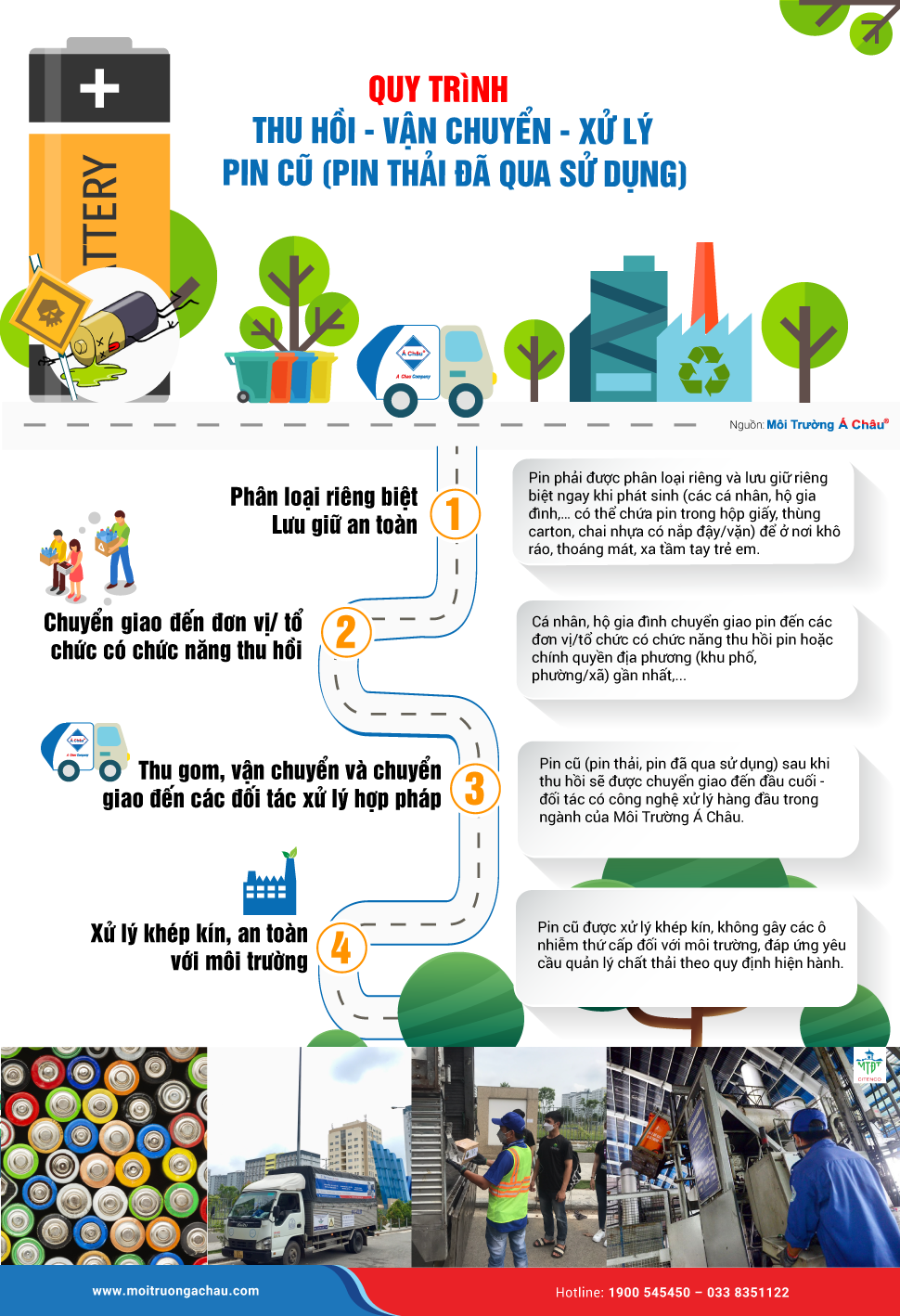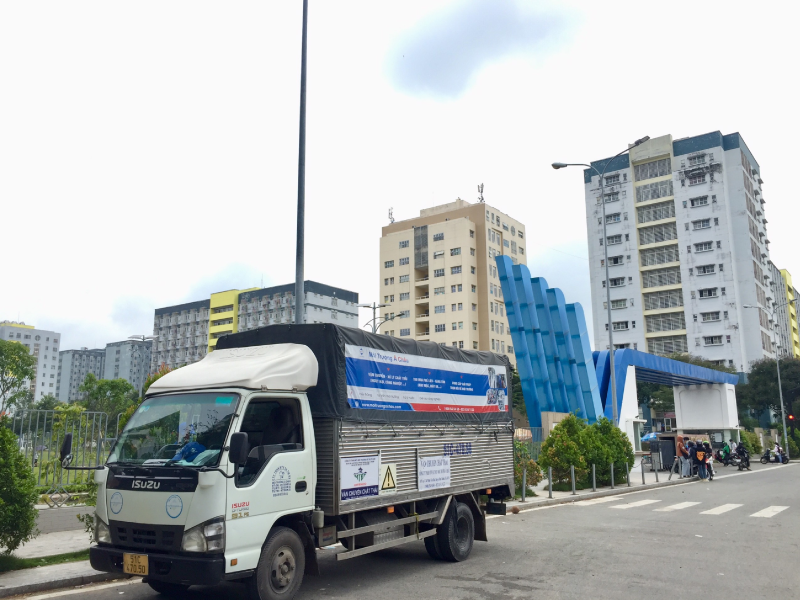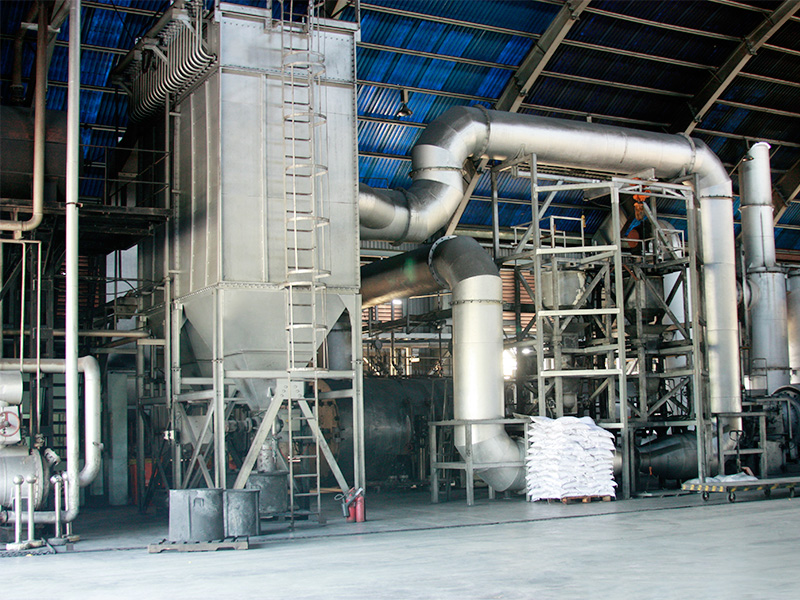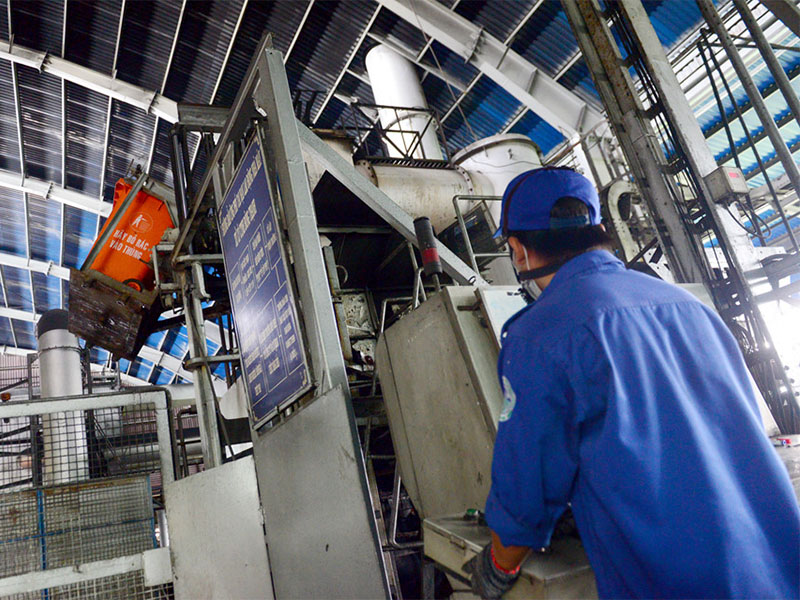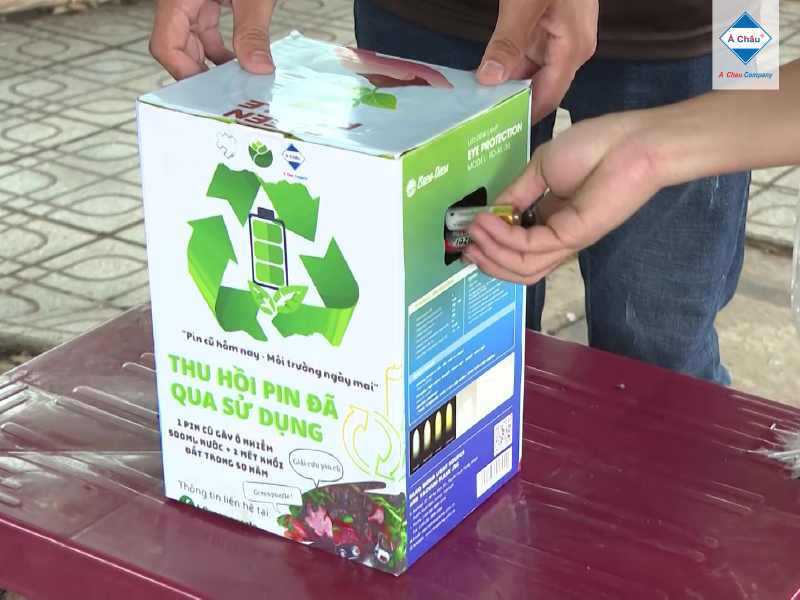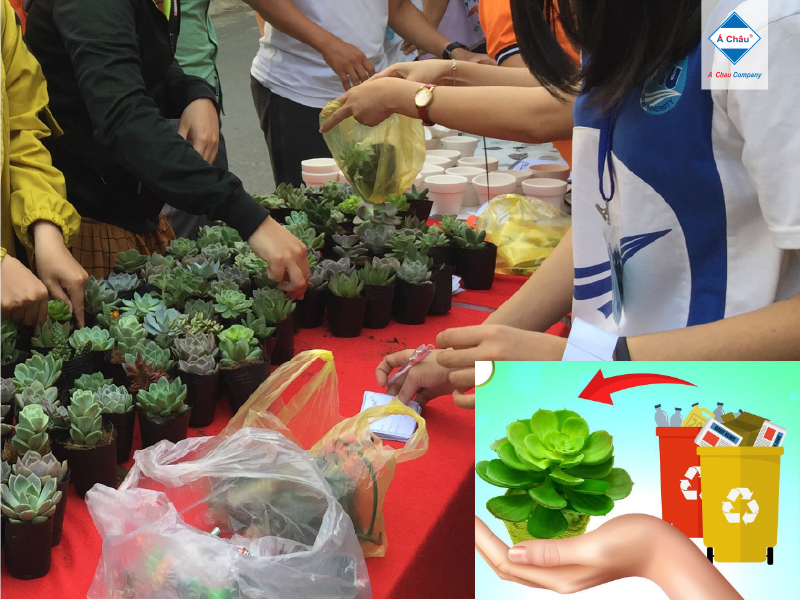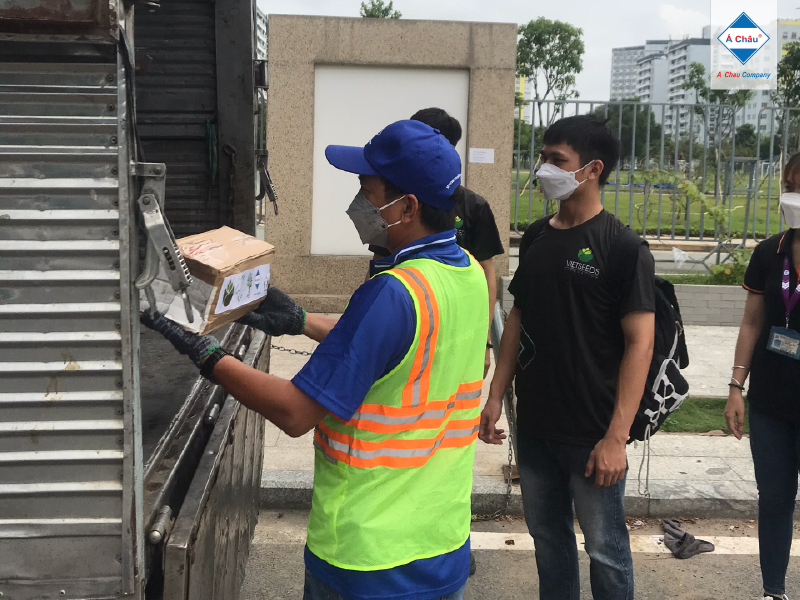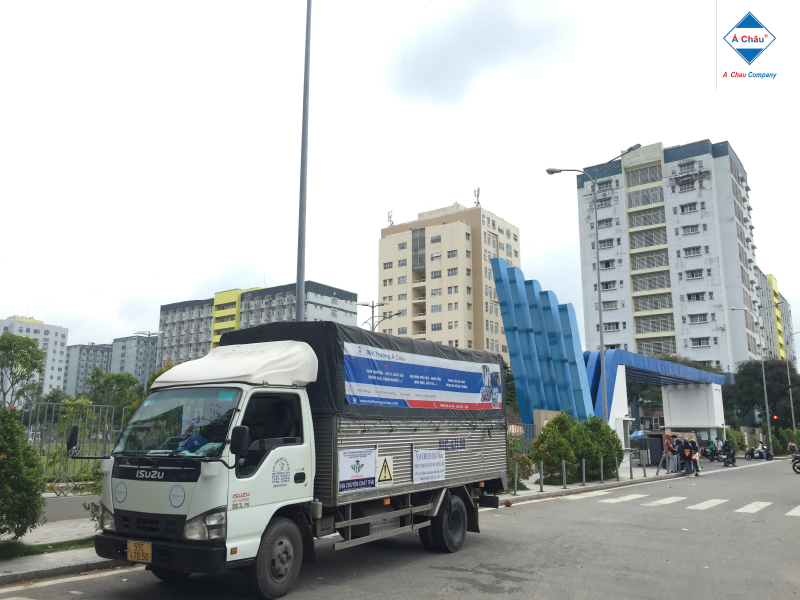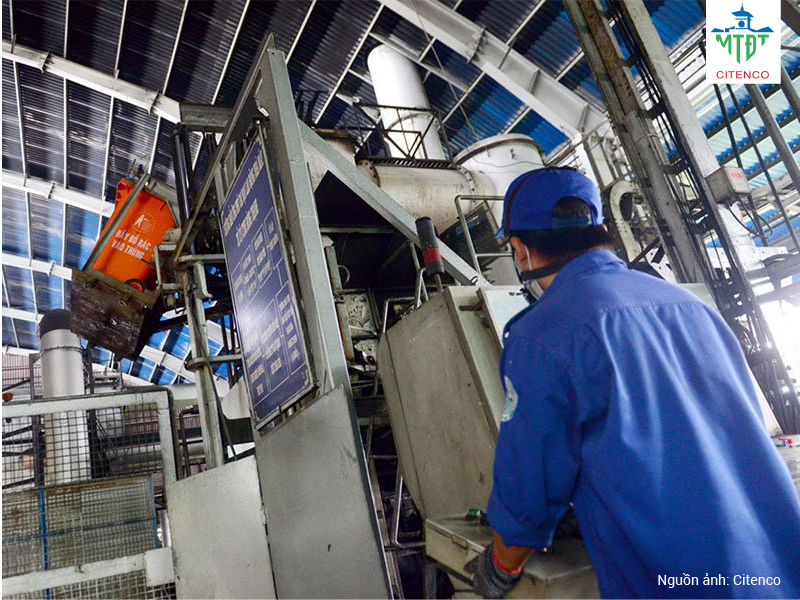
Recovery Of Used Batteries
Introduction
So, what are their ingredients? According to statistics from Raw Materials Company (RMC), for the average alkaline battery it is estimated that about 25% of the weight is steel (case); 60% of the battery is combined components such as zinc, manganese, potassium; the remaining 15% of the weight is paper and plastic,.. Depending on the type, the battery component will contain many other heavy metals such as lead (Pb), zinc (Zn), nickel (Ni), cadmium (Cd), mercury (Hg), arsenic (As),…
The harm of disposing of used batteries directly into the environment – Don't throw them in the trash!
The heavy metal components in the battery are all extremely toxic substances, depending on the content and duration of exposure, the heavy metals will cause acute or chronic poisoning; dangerous for the nervous system, kidneys, cardiovascular and human fertility; at the same time long-term accumulation in the body.
For the environment: "What happens when a battery goes into a household trash bin?”
- • Heavy metal components such as lead (Pb), mercury (hg), zinc (Zn), cadmium (Cd) and arsenic (As) are also known as arsenic... are hazardous components that must be controlled and handled safely when arising. When used batteries end up in the trash, they usually end up in landfills, continuing to decompose and leak. Through corrosion, heavy metals seep into the soil, polluting groundwater, surface water and plant-animal ecosystems in the wide range around it. When we live or consume food and drinks contaminated with these heavy metals, this process of accumulating heavy metals begins for the body.
- • Improperly disposed lithium batteries can also cause landfill fires or explosions (due to the characteristics of this type of battery). Toxic chemicals will continue to spread and pollute the air.
Although batteries only account for a very small part of the waste generated daily, the potential risks to human health and the environment are very serious, leaving long-term harm and especially difficult to remove when heavy metal components are released into the environment. If batteries go into domestic trash, their mission will not end completely in landfills, but they will continue to corrode, leak, and spread on a large scale. Because of the above characteristics, batteries are considered one of the household hazardous wastes that need to be managed separately.
Don't throw batteries in the trash! The way to safely store and dispose of used batteries when they arise
Although batteries are easy to see in daily life, they often arise unexpectedly, in small quantities. People will be quite confused when they don't know what to do with a few sporadic batteries. The contents below are notes and tips suggesting that households and individuals can safely store them until transferred to a functional recall unit:
1. Reusable plastic bottles or cartons with lids can be used to store batteries. Stay out of the reach of children.
2. Store in a cool, dry place. It is not recommended to store batteries in places with excessive heat, near flammable materials, or in places with moisture or dampness. Do not store batteries with flammable or conductive materials such as metals.
3. Do not throw the battery in the trash, bury it in the ground or burn it,...
Recycling batteries in the world
Nowadays, battery recycling plants are usually located in several European countries, USA, Canada, South Korea, Japan, China,….Depending on different recycling processes and technologies, the results vary. There are methods of recovering only copper and aluminum while the rest of the material is discharged. High-tech processes can recover almost all valuable components from batteries and purify into final products such as lithium carbonate, cobalt sulphate, nickel sulphate,...
In 2018, the amount of recycled batteries was estimated at 97,000 tons. Of these, up to 67,000 tons are recycled in China and 18,000 tons in South Korea. Today, there are more than 20 battery recycling companies in China and about 6 battery recycling companies in Korea with raw materials collected both domestically and abroad. In South Korea, many batteries are imported directly from legacy battery collection facilities in Asia, Australia, Europe and North America.
Improper battery recycling: an equally polluting source!
Although batteries have a fairly high recycling rate to recover valuable components, the WHO report says that battery recycling is an equally source of environmental pollution and heavy metal exposure for recycling workers and the environment in many countries – which is the case when recycling without processes and the right technology to control the pollutants generated,...
Recycling, proper disposal - the sustainable solution for used batteries!
-
For used batteries arising from organizations/individuals, one of the best treatment methods and technologies currently applied is processing (pursuant to Circular No. 02/2022/TT-BTNMT effective January 10, 2022). In the Law on Environmental Protection 2020, effective from January 1, 2022, the Government has specified the responsibility for waste collection and treatment for manufacturers and importers.
-
Specifically, based on Articles 54 and 55 – Law on Environmental Protection 2020. In particular, the responsibility for recycling, collecting and treating battery-related waste is determined in the list issued together with the Appendix in the Government's Decree No. 08/2022/ND-CP dated January 10, 2022. For disposable batteries of all kinds, manufacturers and importers are responsible for contributing financially to the Vietnam Environmental Protection Fund to support waste collection and treatment with a contribution of "01% of the product's revenue in case of production or 01% of the import value of the product in case of import".
Providing solutions
Solution for treating used batteries (disposable batteries)
Recovery – transfer – treating used batteries: safely, closed
Used batteries (waste batteries, used batteries) after recovery will be transferred to partners with industry-leading processing technology of A Chau Environment. A Chau Environment is responsible for the process of recovery – transfer of batteries to the end, does not cause leakage, waste batteries treating process are closed, do not cause secondary pollution to the environment, meet waste management requirements according to current regulations.
Details of used batteries treatment technology (waste batteries / used batteries)
Treatment method: demolition, recovery of scrap (if any), waste generated for safe incineration.
Equipment/technology: Waste incinerator with a capacity of 21 tons/day.night
Introduction:
BI250S incinerator technology imported from Belgium is a rotary barrel two-stage pyrolysis technology, mainly used for hazardous waste treatment plants. Modern and advanced incinerators thoroughly treat all types of waste (with non-biodegradable organic composition, causing odors, environmental pollution, inability to reuse,...) in solid, gaseous and liquid forms; Storage time is from 0.5 -1.5 hours with the amount of waste loaded up to 20% of the furnace volume, the temperature in the furnace can be up to 1,400 degrees Celsius.
The exhaust gas treatment system applies modern technology, using sodium bicarbonate dosing system, activated carbon, fabric dust filter bag, negative pressure exhaust fan system to ensure that the treated exhaust gas meets the industrial incinerator emission gas standards according to current Vietnamese Standards with automatic temperature and exhaust gas control system.
All operations of the incinerator are automatically programmed, so the accuracy in operation is high, thereby limiting to the minimum the possibility of toxic contact of the incinerator operator with the source of pollution.
Used batteries recovered from activities on the list licensed by the Ministry of Natural Resources and Environment to handle, ensuring the end-to-end treatment of recovered used batteries complies with current regulations and ensuring a closed recovery – transfer – disposal process, throughout to the end, without causing leaks or secondary pollution to the environment.
---
Image of used battery recovery vehicle of A Chau Environment and incinerator of industrial, medical and hazardous waste BI250S (Source: Ho Chi Minh City Urban Environment Co., Ltd.)
References:
- https://baotainguyenmoitruong.vn/thu-hoi-pin-va-rac-thai-dien-tu-can-che-tai-manh-hon-317790.html
- https://www.forbes.com/sites/rrapier/2020/01/19/environmental-implications-of-lead-acid-and-lithium-ion-batteries/?sh=32f162e57bf5
- The lithium-ion battery end-of-life market – A baseline study For the Global Battery Alliance (Nguồn: World Economic Forum)
Our regional Customer & Partner services center in Vietnam:
Northern Services Center: 033 8351122
Central Services Center: 0902 450585
HCMC – Eastern Services Center: 033 8351122
Southern Services Center: 0902 912586



